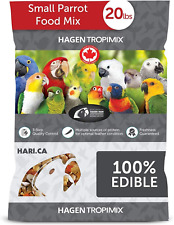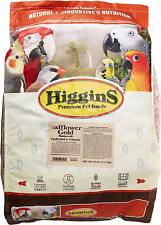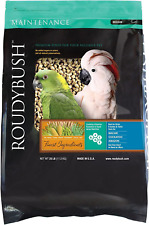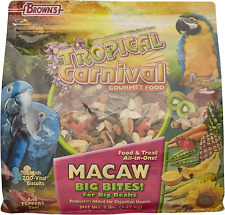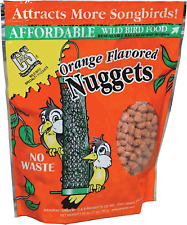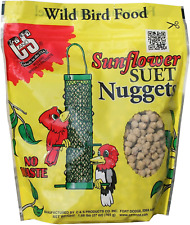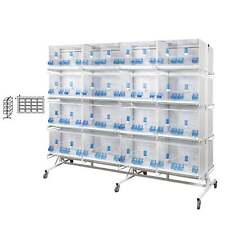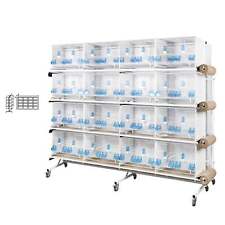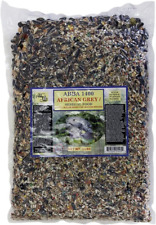Do Pot-Bellied Pigs Make Good Pets?
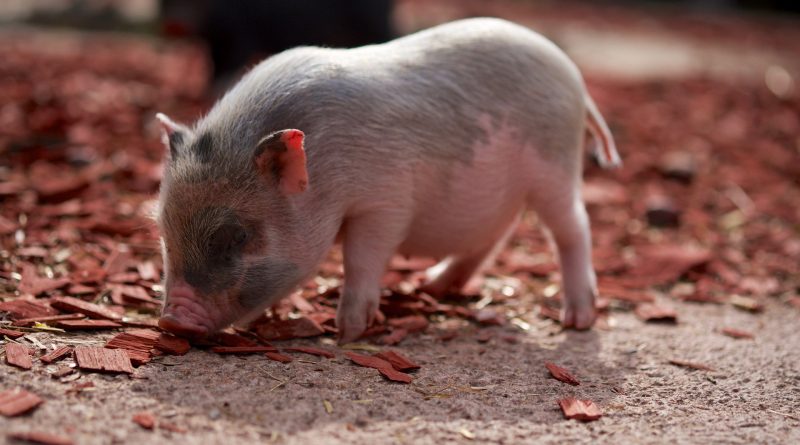
Are you thinking about getting a pet, but the typical dog or cat just isn’t for you? Maybe you should consider a pot-bellied pig! Pits aren’t the mud covered, dirty animals we’ve been led to believe they are. The truth is, pot-bellied pigs can make great pets! They’re extremely smart, very affectionate, quiet, and actually quite clean.
What You Need to Know About Pot-Bellied Pigs
In some ways, pot-bellied pigs are quite similar to dogs. They are pretty easy to housetrain, they can be taught to walk on a leash, and they can be taught to behave the way you want them to. However, just like dogs, they are also a lot of work. You should spend some time doing research before you adopt one to make sure you have the time and energy required for its care and training.
- Lifespan: Pot-bellied pigs live a long time. Their average lifespan is between 12 and 18 years, but they can live as long as 20 years when given excellent care.
- Size: The name “miniature pot-bellied pig” can be quite misleading. In actuality, they usually grow up to be about 150 pounds. They are called miniature because they are actually quite small compared to pigs that are raised for meat. Their average height is 16-26 inches, and it takes them about two or three years to reach full size.
- Compatibility with Other Animals: Pigs are very social, and they love to be around other pigs. Unfortunately, they don’t always mix well with other pets, especially dogs. They do love human contact, though, and will beg for tummy rubs.
- Living Space: Indoor pigs will need their own space. It should be free of drafts and have a tile or linoleum floor that’s easy to clean. If your pig is crate trained, keep his cage in there, too. It’s best not to give indoor pigs free access to the whole house; a utility room will do nicely.
If your pig will live outdoors, his area should be fenced in, and he will need adequate shelter from rain, snow, and wind. Be aware that pigs dig and root, which means they absolutely will destroy your lawn.
If you choose to litter train your pig, use a shallow pan lined with newspaper. Cat litter boxes are usually too deep. And, don’t use cat litter because your pig will just eat it.
- Diet: The bulk of your pig’s diet should be high-fiber, low-calorie pig food. A few fruits and vegetables given as treats are fine, but they won’t provide a balanced diet.
- Grooming: Your pig will need to have his eyes and ears kept clean and have his hooves trimmed. Some males may also need to have their tusks trimmed. Deworming and vaccinations should be done each year.
- Neuter or Spay: Be sure to neuter or spay your pig as early as possible, before their sex hormones kick in and bad behaviors develop.
Now that you know the basics of having a pot-bellied pig as a pet, you can make a more informed decision. Just be sure to check the zoning laws in your area before you adopt, because pigs are banned as pets in many places.

